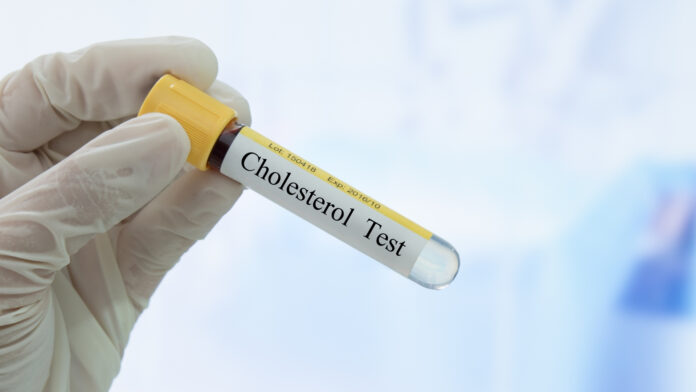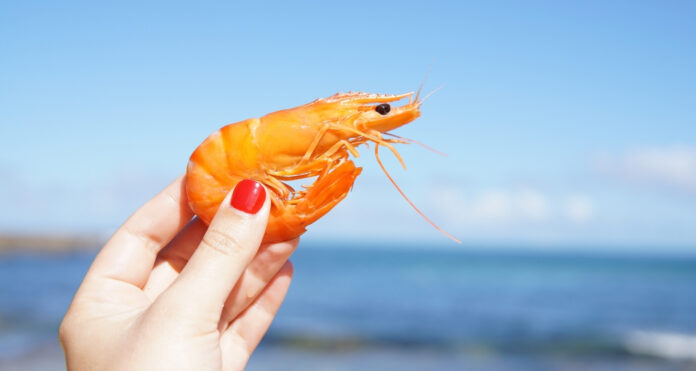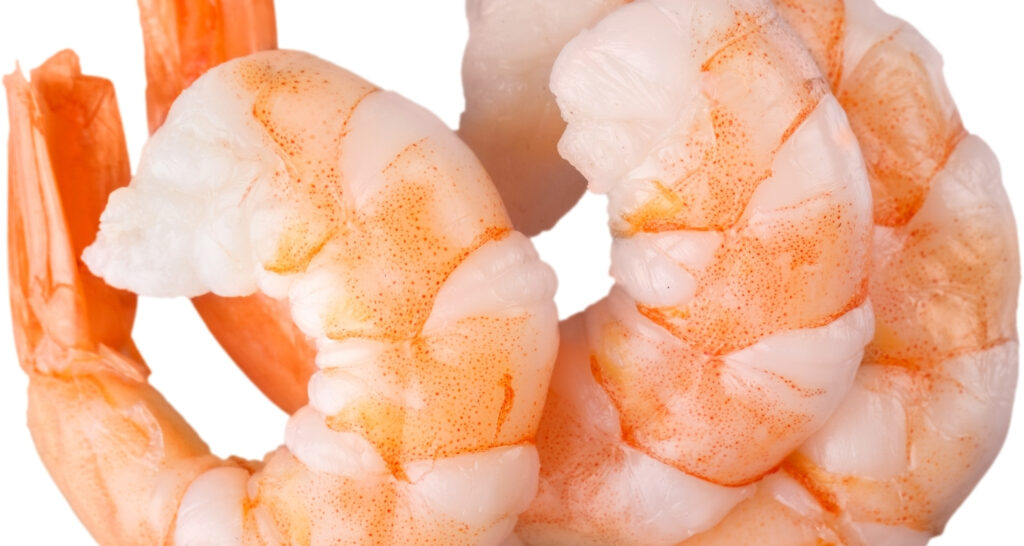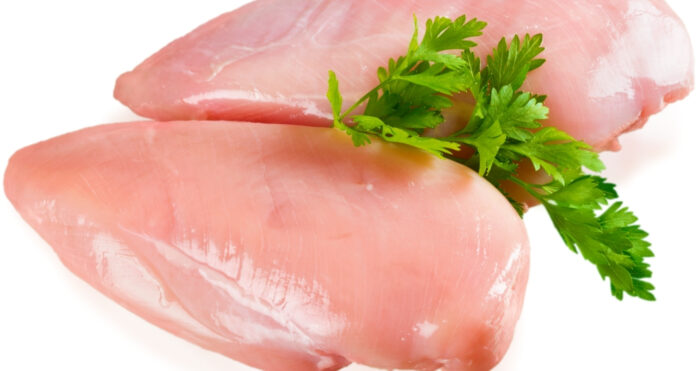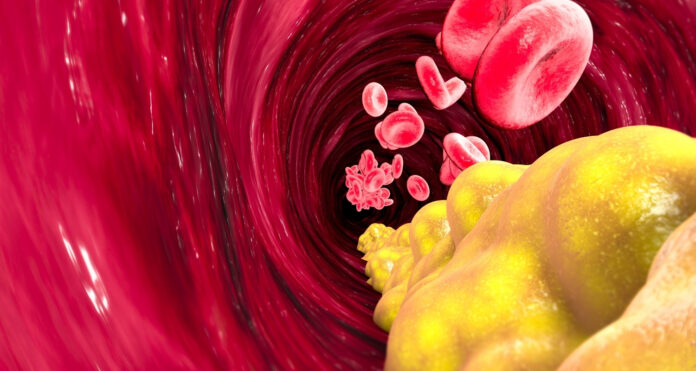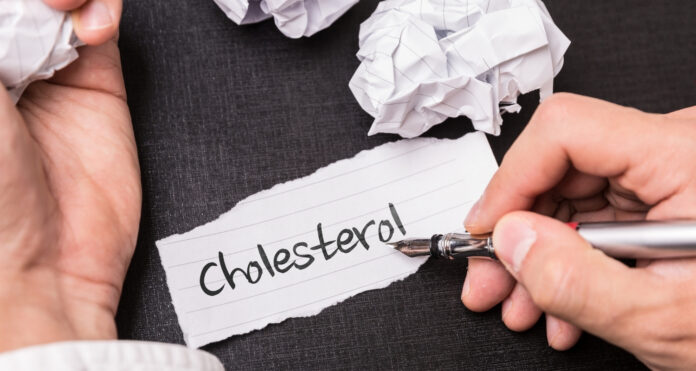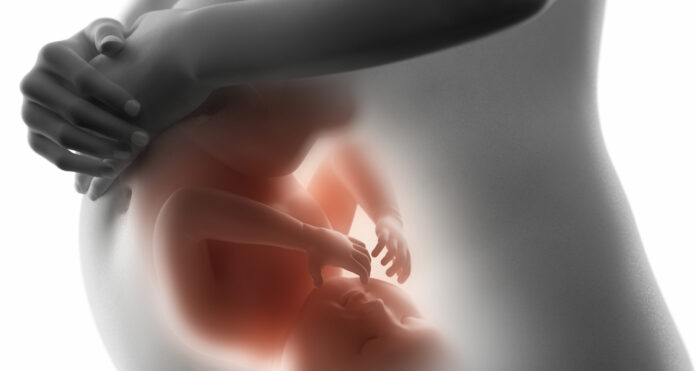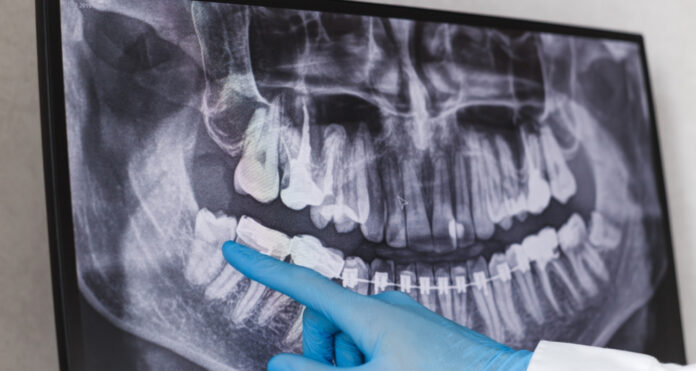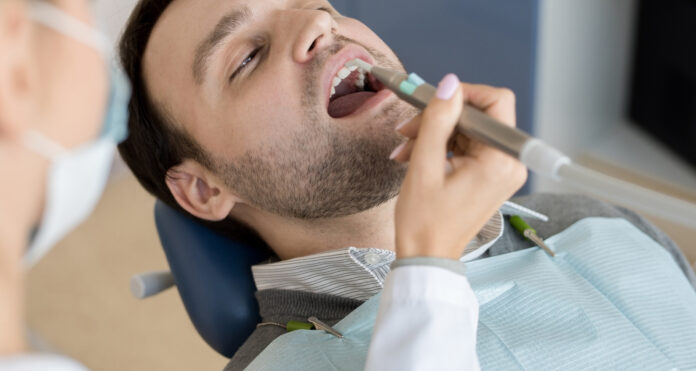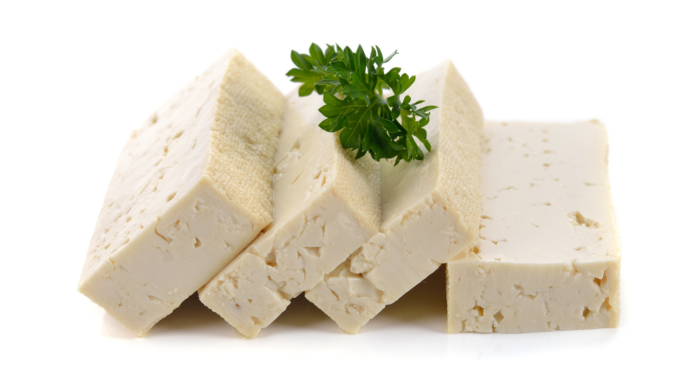How to Cheat a Cholesterol Test? Is it Possible or Not?
Cholesterol is an organic fatty substance that belongs to the steroid family and is present in every cell of the human body. This waxy substance is pivotal for human existence because it serves as a material to synthesize many of the body’s compounds, such as hormones and bile acids.
Due to the above-mentioned reasons, the body has the capacity to produce cholesterol, this process is conducted in the liver to be more precise.
However, this is not the only source, cholesterol is also found in animal foods, like egg yolks, milk, cheese, and meat. In other words, the cholesterol of your blood can come from two sources, liver production or food.
As cholesterol is a fatty substance, in order to travel in the blood stream, it has to be transported through a particle called lipoproteins.
There are three types of lipoproteins that are more common and usually appear in your blood test when the doctor wants to check your cholesterol levels, these are LDL (low density lipoprotein), HDL (high density lipoprotein), and VLDL (very low density lipoprotein).
Afraid of “failing” in your next blood cholesterol test? Follow me in this article to understand how your blood cholesterol is measured and if it is possible to cheat a cholesterol test.

How to Cheat a Cholesterol Test – Blood Lipoproteins
In order to get started, let’s make a quick review of the most common lipoproteins.
Lipoproteins are macromolecular compounds whose function is to transport lipids in the blood stream. It has two parts, the protein fraction and the lipid fraction, and it is classified according to the content of each one of these.
This classification also determines the density of the lipoprotein, so for example, the higher the lipid content the lower the lipoprotein density. On the contrary, the lower the lipid content the higher the density.
Having said that, we can conclude that VLDL and LDL lipoproteins have a higher lipid content, whereas HDL lipoproteins have a lower lipid content.
What is a normal blood cholesterol test level?
In a blood cholesterol test, the laboratory checks for each of the cholesterol fractions in your blood. In the chart below, you can check each of the fractions that are commonly measured and the desired range for a healthy adult.
| Cholesterol Fraction | Desired Range |
| LDL | Less than 100 mg/dL |
| HDL | 40 mg/dL and higher (the higher, the better) |
| VLDL | Between 2 and 30 mg/dL |
| Total Cholesterol | Less than 200 mg/dL |
| Triglycerides | Below 150 mg/dL |
How quickly does cholesterol level change?
According to doctors and dietitian, it can take several months to see a pronounced change in the cholesterol fraction levels.
In addition, some people might suffer from a health condition called dyslipidemia, where the liver produces way more cholesterol than needed, hence increasing the total cholesterol level all the more.
Unfortunately, these fractions of the blood cannot be changed overnight, nonetheless, there are some actions that you can take to change it, keep on reading to check them out.
Can you trick cholesterol test?
So, the big question is, is it possible to cheat a cholesterol test? Unfortunately, the answer is no.
Firstly, think about it this way, if you cheat a blood cholesterol test, the only person affected by it would be yourself as blood cholesterol levels are an essential indicator of cardiovascular health.
For instance, people with high levels of LDL are at a much higher risk of having a heart attack, while on the contrary, having the desired values of blood cholesterol can be considered protective against certain heart diseases.
How to Reduce Cholesterol Levels?
If you have high levels of blood cholesterol don’t be afraid, diet and exercises can help you out, in addition to medicine in some cases.
From the dietary perspective, it is recommended to follow the guidelines proposed by the Adult Treatment Panel III (ATP III).
Their recommendations include consuming less than 200 mg of cholesterol daily, less than 7% of the total calorie count should be from saturated fatty acids, up to 13% of the total calorie count for unsaturated fatty acids, no trans fats, and increase the dietary fiber consumption to somewhere between 10 and 25 grams daily.
In addition, it is proven that maintaining an exercise routine helps to increase HDL levels (good cholesterol).
HDL acts by removing excess cholesterol from the blood stream and tissues and returning them to the liver, as a consequence it diminishes blood cholesterol levels and helps protect the body against heart diseases.
Causes of false high Cholesterol test
There are some external elements that can potentially increase your blood cholesterol levels, keep an eye on them next time you go for a test to make sure that there is nothing interfering with your blood test results.
Here are a few things that can alter your cholesterol test results:
- Medications – corticoids, and beta-blockers can potentially increase blood lipid levels. Let your doctor know about any medication that you are taking before your test.
- Alcohol – Even occasional drinks can produce an alteration in your blood lipid levels. Make sure to not consume any type of alcohol at least 24 hours before your test.
- Pregnancy – Cholesterol levels can be higher than normal during pregnancy.
- Improper fasting – it is extremely important to fast for at least 12 hours before your cholesterol test. If you eat right before the exam, the results will be altered by your last meal.
- Human error – although very unlikely, laboratory mistakes can be a possibility.
If you suspect any type of error in your lab results, report it to your doctor and repeat the test.
How to Cheat a Cholesterol Test Conclusion
It is extremely important to regularly check in with your doctor and submit yourself to blood tests periodically.
Cholesterol blood levels are the most important indicator of your overall heart condition and this is especially relevant if you are 50 years old or more.
Some people could be afraid of “failing” and might even consider cheating the cholesterol test, however, it is important to face the truth and take corrective actions in order to normalize blood cholesterol levels.
These actions include start a proper diet, exercise regularly, quit smoking, diminish alcohol intake, and in some cases, medications will be needed to support all of these actions.

